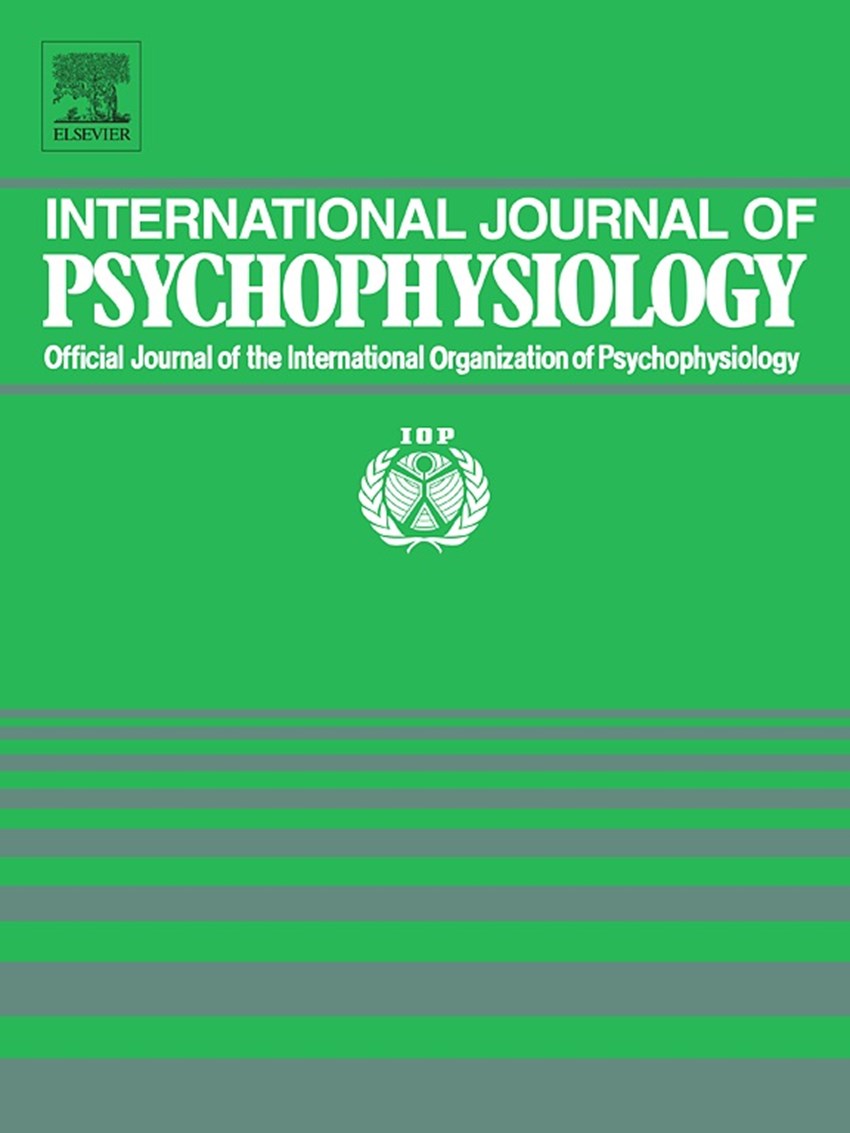The paper Threat learning in space: How stimulus-outcome spatial compatibility modulates conditioned skin conductance response was published in the International Journal of Psychophysiology, in the scope of research project 47/20 - Fear in action: How Pavlovian fear learning shapes goal-directed motor responses led by Francesca Starita. Participants completed a Pavlovian threat conditioning task in which visual conditioned stimuli - CSs (images of four different white geometrical shapes) appeared on the same (compatible) or opposite (incompatible) hemispace as the unconditioned stimuli (US) delivery (aversive shock to one hand), while their skin conductance response (SCR) was being measured, serving as an index of learning. No information was provided regarding which stimulus would be associated with the shock, and participants had to learn the CSs-US relationship from experience. Results showed that, before learning which CSs predicted the shock, compatible CSs elicited greater mean SCR than incompatible ones. In contrast, during threat acquisition, when participants learned that incompatible as well as compatible CSs predicted shock delivery, SCR increased to CSs+ as compared to CSs-, indicating that the conditioned response was successfully acquired regardless of CS compatibility. Additionally, at the beginning of extinction, the conditioned response was greater to incompatible than compatible CSs, but it was extinguished for both incompatible and compatible CSs by the end of extinction. These results suggest that stimulus-outcome spatial compatibility influences the acquisition, extinction and recovery (following reinstatement) of Pavlovian threat conditioning.
ABSTRACT
A central question in Pavlovian conditioning concerns the critical conditions that drive the acquisition and maintenance of the stimulus-outcome association. The spatial relationship between the conditioned (CS) and unconditioned (US) stimuli is considered to exert strong effects on learning. However, how spatial information modulates Pavlovian learning remains mostly unexplored in humans. Here, we test how the compatibility between the CS and the US location influences the acquisition, extinction, and recovery (following reinstatement) of Pavlovian conditioned threat. Participants (N = 20) completed a differential threat conditioning task in which visual CSs appeared on the same (compatible) or opposite (incompatible) hemispace as the US delivery (aversive shock to one hand), while their skin conductance response served as an index of learning. Results show that initial threat expectations were biased in favor of compatible CSs before conditioning. Nevertheless, this bias was revised during acquisition to reflect current stimulus-outcome contingencies. Computational modeling suggested that this effect occurred through a higher reliance on positive aversive prediction errors for incompatible CSs, thereby facilitating learning of their association with the US. Additionally, the conditioned response to incompatible CSs was associated with initially slower extinction and a greater recovery after threat reinstatement. These findings suggest that spatial information conveyed by stimuli and outcomes can be flexibly used to enact defensive responses to the current source of danger, highlighting the adaptive nature of Pavlovian learning.






































































